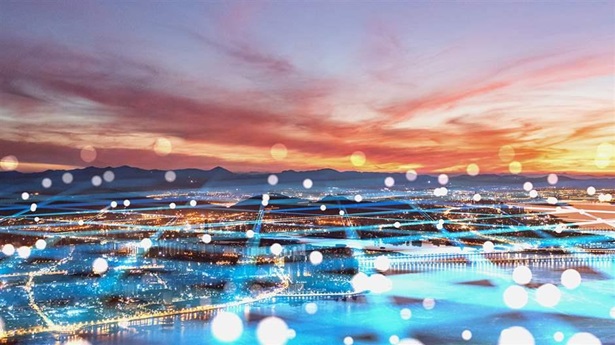How Charter School Governance in Pennsylvania and Philadelphia Measures Up
 Getty Images / Klaus Vedfelt
Getty Images / Klaus VedfeltPhiladelphia has the nation’s third-largest charter school population.
Charter schools are tuition-free, taxpayer-supported institutions that are granted the right to operate without many of the rules that govern traditional public schools. Most hold classes in buildings, but some, known as cyber or virtual charters, operate online. Questions surrounding the way charters are authorized, regulated, renewed, and shut down are a major component of the debate about public education in Pennsylvania, particularly in the School District of Philadelphia. Over half of the state’s roughly 160 brick-and-mortar charters are located in the district, and the city’s charter school population—more than 60,000, accounting for about 30 percent of its public school students—is the nation’s third-largest, behind the districts serving Los Angeles and New York City. Only four large districts—New Orleans, Detroit, the District of Columbia, and Cleveland—have higher percentages of students in charters than does Philadelphia.
To gain perspective on charter school governance in the School District of Philadelphia and the state, The Pew Charitable Trusts compared the rules under which charters operate in Pennsylvania with those in 15 other states, all of which have at least one major urban school district with a substantial number or percentage of its students in charters. The states are California, Colorado, Florida, Georgia, Illinois, Indiana, Maryland, Massachusetts, Michigan, Minnesota, New Jersey, New York, Ohio, Texas, and Wisconsin. Nationally, 43 states and the District of Columbia permit charters.
The comparison showed that although regulation varies among states, Pennsylvania’s approach is similar to what a number of other states are doing. But there are differences, too, including the low percentage of charters it has closed in recent years and the high percentage of noncertified teachers it allows charters to employ. Among the additional findings:
- In Pennsylvania, the authority to create brick-and-mortar charter schools rests with the governing body of each local district, which in Philadelphia is the School Reform Commission. Similar authorization processes are in place in five of the other 15 states studied. In two states, the state education department has sole responsibility to create charters. The other eight have multiple entities that can authorize them, including local school boards, mayors, the state, and universities.
- Oversight responsibility, which includes decisions about opening and closing charter schools, almost always rests with the authorizing body or bodies, as it does in Pennsylvania. The states’ accountability requirements for schools are similar.
- Charters in most of the states, including Pennsylvania, are granted blanket waivers from the rules governing traditional public schools. Uncertified teachers are permitted to make up as much as 25 percent of a charter’s teaching staff in Pennsylvania, a higher percentage than is allowed in most of the other states.
- In recent years, Pennsylvania has been among the states least likely to open or close charter schools. On average, it increased the number of charters in the state by 7.5 percent per year; the median for the states studied was 9.4 percent. Closings decreased the number of charters in Pennsylvania by 1.3 percent; the median was 3.4 percent. In most of the states examined, including Pennsylvania, charters were usually closed for financial mismanagement and, on occasion, suspected fraud, although poor academic performance also led to closures.
- Relative to the other states studied, Pennsylvania has a high percentage of charter students enrolled in statebased cybercharters. Across the country, seven states bar charters of any kind, and 11 others do not allow cybercharters.


America’s Overdose Crisis
Sign up for our five-email course explaining the overdose crisis in America, the state of treatment access, and ways to improve care
Sign up

Philadelphians View K-12 Education as Top Issue
Opinions mixed on value of charter schools


A School Funding Formula for Philadelphia
Lessons from urban districts across the United States










